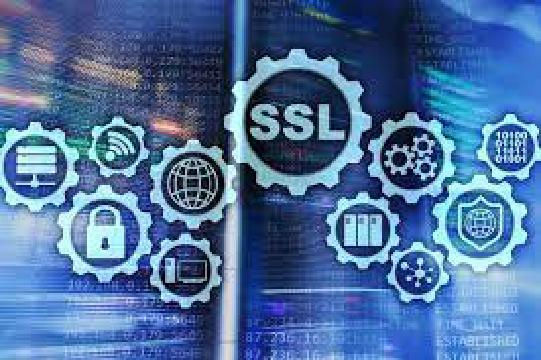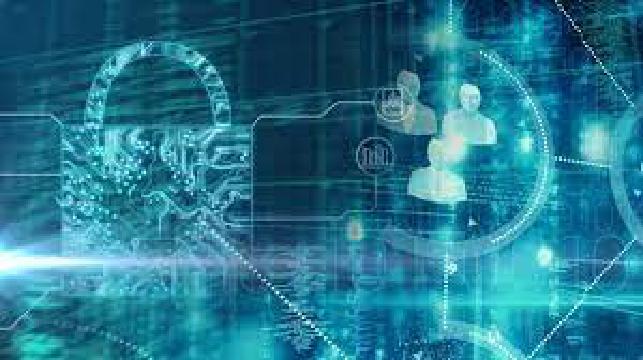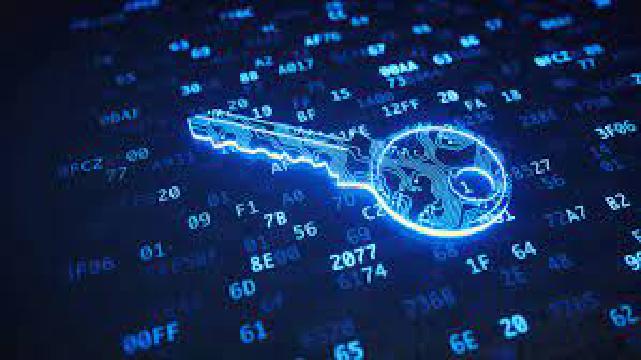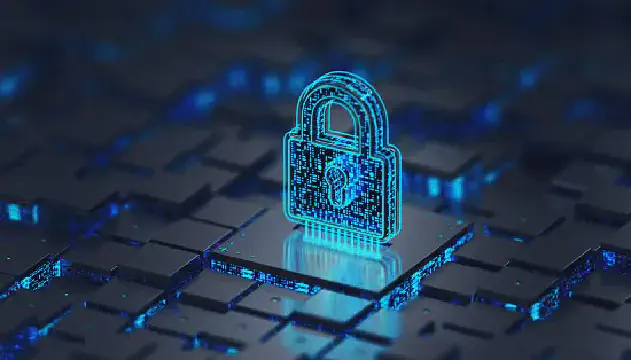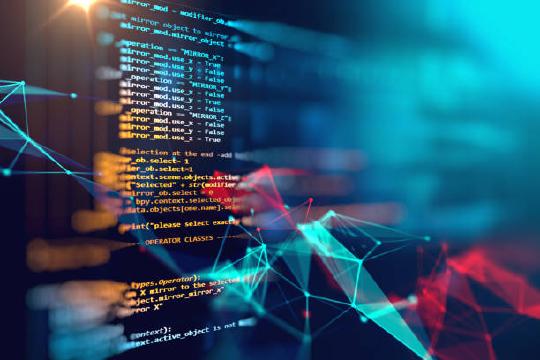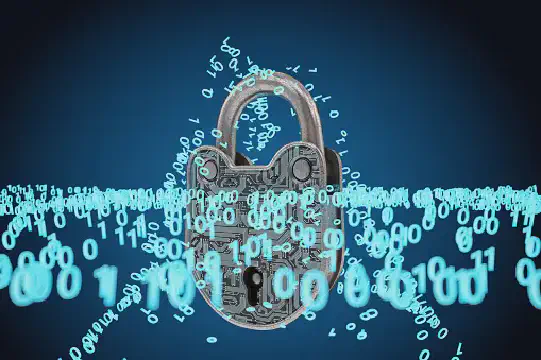Excerpt§
In the digital world, transcoding and encoding play crucial roles. Transcoding involves converting one digital format to another, while encoding focuses on converting analog signals to digital format. Although they share similarities, their purposes and input/output formats differ. Transcoding is commonly used in video and audio streaming services, while encoding is essential for storing and transmitting digital information.
Transcoding and encoding play integral roles in the digital world. Though the terms sound similar, they refer to different processes for transforming data. This article will explain transcoding and encoding in detail, highlight their key differences and commonalities, and provide examples of their applications.
Introduction§
As audio, video, text and other data increasingly go digital, understanding transcoding and encoding is crucial. These techniques convert information between formats and mediums. While both processes involve altering data, their purposes, directions and applications vary.
Grasping the precise distinction empowers us to apply the right technique for specific digital media needs. It brings clarity to two terminology concepts central to working with data of all types.
Definition of transcoding§
Transcoding refers to converting a digital file from one format to another. It is the process of changing the “container” or wrapper of digital media, without modifying the elementary stream inside.
Some common examples of transcoding include:
- Converting a video file from AVI container to MP4.
- Changing an audio track from WAV format to MP3 format.
- Transforming JPEG images into PNG image format.
Transcoding decodes the original digital data, then re-encodes it into the target format. It is used when the source and destination formats are incompatible for processing, storage, playback or distribution.
For instance, transcoding can adjust videos optimized for desktop viewing into mobile-friendly formats. It readies digital media for distribution across platforms and devices.
Definition of encoding§
Encoding refers to converting analog source content like audio, video and text into digital data. Analog data represents information as continuously variable physical quantities. Encoding transforms such analog signals into discrete binary values for digital processing.
Some common encoding techniques include:
- Converting analog video and audio to digital formats like MPEG or MP3 using codecs.
- Digitizing printed text documents through OCR scanning software.
- Encoding spoken language into digital format using voice encoders.
Encoding bridges the analog-digital divide. It takes analog data like media, speech and images that computers cannot understand, and encodes it into binary data that can be stored, transmitted and utilized just like any other digital file.
Key differences between transcoding and encoding§
While both techniques involve converting data, transcoding and encoding differ in several key ways:
Purpose: Transcoding converts between digital formats, encoding bridges analog-digital.
Direction: Transcoding transforms digital-to-digital, encoding goes analog-to-digital.
Input: Transcoding starts with digital source data, encoding starts with analog signals.
Output: Transcoding outputs digital data, encoding outputs binary data.
Use Cases: Transcoding enables digital interoperability, encoding ushers analog data into digital realm.
So in summary, transcoding adapts and transforms digital data, while encoding analogizes a bridge for analog data to enter the digital world.
Similarities between transcoding and encoding§
Though their objectives differ, transcoding and encoding share some key commonalities:
- Both processes convert data from one form to another using automated algorithms.
- They aim to transform the input data to enhance compatibility and usability.
- Their output is optimized for storage, transmission and consumption.
- Factors like speed, quality and compression apply to both.
So while their purposes, inputs and outputs differ, transcoding and encoding both leverage algorithmic tools to facilitate meaningful data conversion.
Applications of transcoding and encoding§
Transcoding is utilized in diverse scenarios today, including:
Video streaming platforms use transcoding to create copies of videos in different resolutions, formats and bitrates optimized for playback across devices and bandwidths. This enables adaptive bitrate streaming.
Music and audio platforms transcode tracks into popular consumer formats like MP3 for distribution.
Ebook publishers transcode titles into formats compatible with different e-readers, tablets and mobile devices.
Websites and apps may transcode images into responsive formats for delivering web content across screen sizes.
Some common applications and uses of encoding include:
Media organizations and studios encode analog video tapes, audio recordings and film reels into digital formats for preservation, post-production and distribution.
Businesses use OCR software to scan and digitize analog printed documents, turning paper archives into searchable digital data.
Voice encoding converts analog voice signals from microphones into optimized digital audio streams for transmission using VoIP and digital telephony.
Encoding techniques§
Some encoding techniques used for specific applications:
- Base64 encoding converts binary data into text format for transmission over systems designed for ASCII characters. Here is a free online verification tool for you, come and try it out!
- URL encoding transforms characters into a URL-safe percent-escaped format so they can be part of valid webpage addresses. Here is a free online verification tool for you, come and try it out!
Conclusion§
In summary, transcoding and encoding serve distinct complementary purposes in the digital ecosystem. Transcoding adapts digital-to-digital for interoperability, while encoding transforms analog data into the digital domain.
Grasping the key differences allows applying the right technique to meet the required data transformation needs. Both encoding and transcoding empower our ability to harness data in the digital age!

